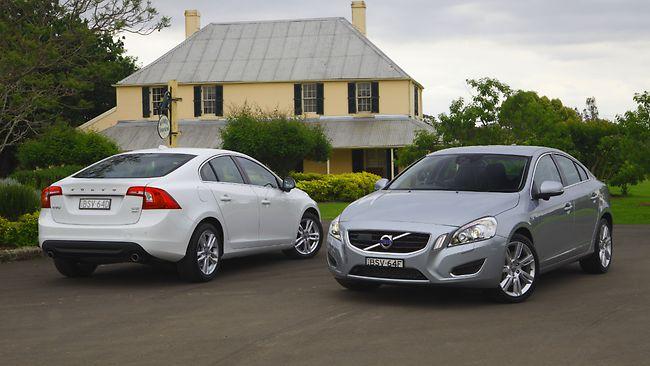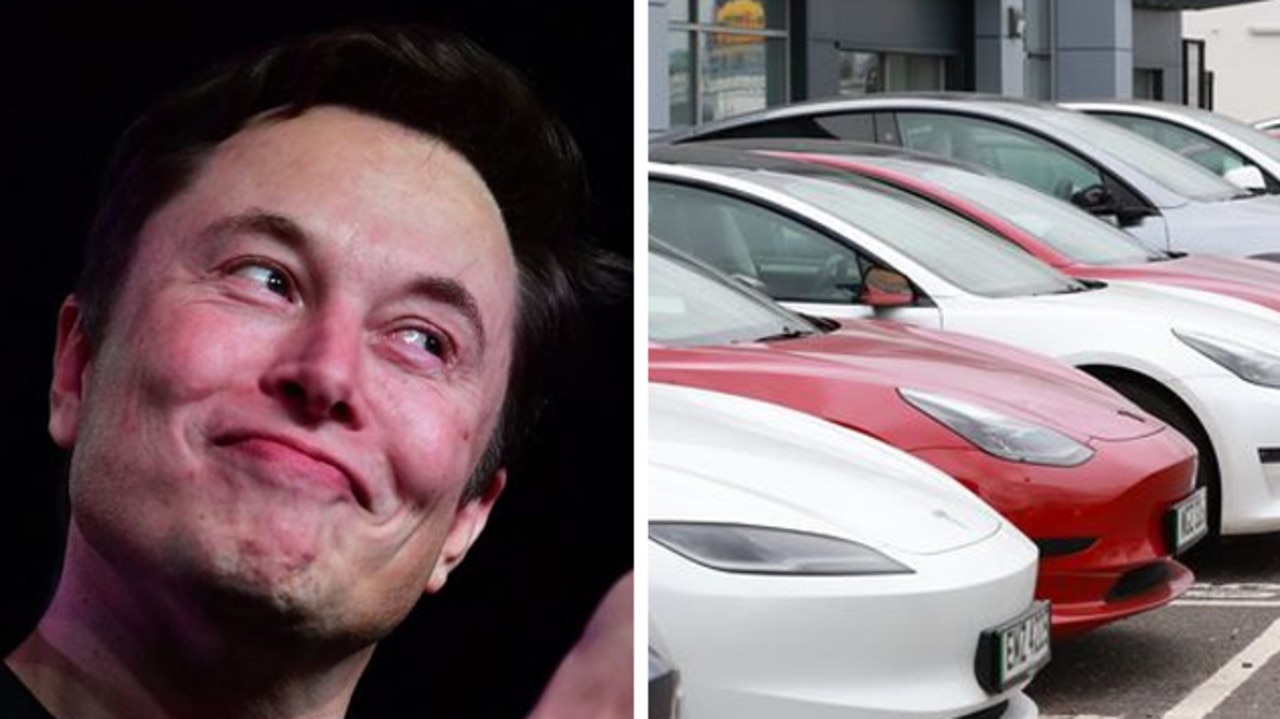Volvo takes pedestrian safety to braking point
VOLVO must have thought everyone would welcome its pedestrian avoidance system.

VOLVO must have thought everyone would welcome its pedestrian avoidance system.
It detects humans and jams on the brakes if the driver isn't paying attention.
The clever feature makes its debut on the S60, a mid-sized sedan Volvo is pitching at the same people who buy the BMW 3 Series and Mercedes-Benz C-Class. It didn't occur to the Swedish boffins that some drivers might not want to brake.
"Journalists from South America asked if it is possible to over-ride the system so it doesn't stop for people," lead Volvo safety technical adviser Thomas Broberg says.
"They were worried about when someone steps out in front of their car to commit a hold-up."
Clearly, fewer vehicles are stolen in Gothenburg and cynics may suggest this is because everyone drives Volvos. But that would be unkind. The optional pedestrian crash test system and standard City Safety feature, which uses lasers and radar to help prevent low-speed shunts, are headline features of the S60 and they are impressive. Volvo is keen to re-establish itself as a safety leader after being ambushed by other brands with five-star crash test ratings.
In Australia, Volvo's image suffered from the tardy roll-out of electronic stability control during the past few years. The S60's electronic safety kit also includes adaptive cruise control, which slows the vehicle relative to the car in front, even to a standstill. But, safety aside, little in the S60 is cutting edge. The rounded body is new, but it's built on a modified version of an existing platform. The two launch engines are revised versions of existing powerplants (one new one is due next year) and the transmissions are also carry-over.
The previous S60 sold well enough to start with, but tailed off so dramatically Volvo didn't even bother bringing any here from 2008. It is confident it can sell 1500 a year of the new car, which doesn't sound like many but on present numbers would almost make it Volvo's bestseller. Recently, the company has survived on sales of its SUVs, mainly the XC60 and XC90.
On price, Volvo will slide the S60 in below the Audi A4, BMW 3 Series and Mercedes C-Class with a starting point of $51,950 for the T5, which arrives early next year. This model, which used to have five-cylinder turbo engine that matched the T5 name, now has a four-cylinder turbo. Welcome to Volvo's befuddling name strategy.
It also has a petrol engine that goes by the name GTDI, which will make everyone think it is a diesel. Confused yet? Happily, the models available for the recent launch in Tasmania were the sensibly named D5 diesel and T6 turbocharged six-cylinder.
The D5 uses a carry-over engine that is no stand-out. It will propel you to where you need to go and is strong enough off the line, but it is on the noisy side and doesn't feel as smooth or as responsive as some of the best diesels from Germany.
In the T6, Volvo somehow wedges a 3.0-litre six-cylinder turbo across the engine bay. This is more like it. With 224kW at your disposal, swift forward movement is only a pedal depression away. It has an official time of 6.1 seconds to reach 100km/h, although doesn't feel quite that fast. The engine note is healthy although not quite in BMW turbo-six territory, which can cause tingles.
Like the D5, the T6 has a regular six-speed automatic and it does the job well enough. There is a manual mode for when you are feeling sporty, but the engine still changes up regardless. This is so exasperating that you soon feel more angry than sporty. A perky car such as the T6 really should have paddle gear shifters on the steering wheel. It doesn't.
Volvo did fit an all-wheel drive system to both the T6 and D5, and it's welcome, especially if you are driving in slippery conditions.
So how much fun was the S60 on Tasmania's famous roads? Well, it was actually pretty frustrating. The suspension is the issue. It is ridiculously soft for a supposed 3 Series rival.
Soon after arriving at a bend, the S60 will start leaning and continues to fall over through much of the corner. At the same time, you are clinging on to the steering wheel because your outer buttock is falling off the side of the completely unsupportive seat.
It is possible to maintain a good pace, but it is terribly hard work and there is a fair chance your passenger will vomit everywhere. The positive flipside is that the supple suspension easily absorbs most of the bumps.
Volvo has spent a lot of time and money on the cabin. It's simple but stylish and the surfaces have a quality feel. The colour display is crisp with high-resolution graphics, the leather soft and the floating centre console contains all the controls in one place so the dash is not peppered with buttons and dials.
There is a vast amount of interior space and rear occupants will enjoy far more leg room than those riding in the back of rival vehicles.
Despite this, the S60 won't make BMW and Mercedes very nervous, although it could appeal to more docile drivers.
As for those South American car-jackers, well, they should think twice about stepping out in front of an S60 and relying on it stop. We're advised the driver can override the emergency braking process and run them down.
But don't expect to find that bit in the brochure.


